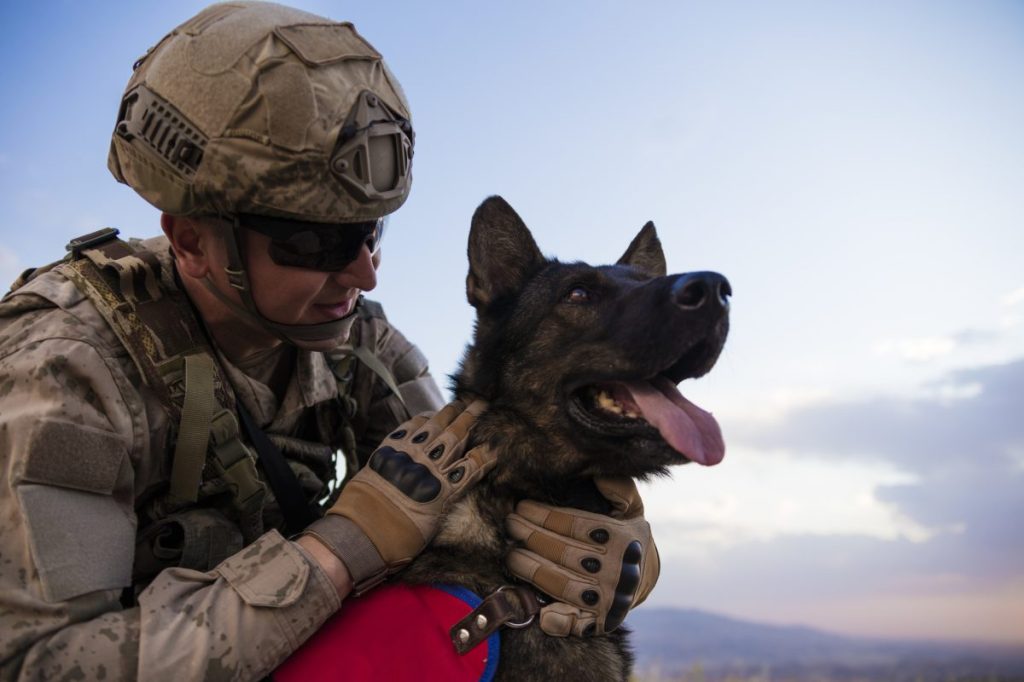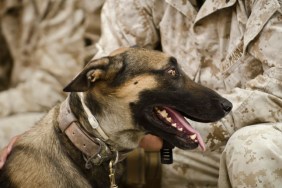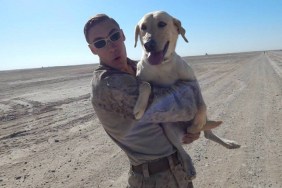Nestled in the midst of a military complex just outside of Mexico City, an army colonel operates a one-of-a-kind establishment: a “puppy school” for furry little warriors in training.
Here, young puppies destined for future roles as rescue or drug-detection dogs receive their fundamental training. The Mexico Army and Air Force Canine Production Center serves as the birthplace and initial training ground for these pooches, where they spend a formative four months. Subsequently, they are dispatched to various military units across the nation for more specialized training in their respective roles.
Established in 1998, this center used to be known for breeding various dog breeds, including German Shepherds and Rottweilers. However, it has now shifted its focus exclusively to reproducing Belgian Malinois. The facility breeds a staggering number of canines, with estimates falling around 300 dogs annually.
According to the center’s director, Col. Alejandro Camacho Ibarra, the Belgian Malinois is a remarkable breed of dog. “It’s a very intelligent dog, it’s a dog with a lot of hardiness, very resistant to diseases,” he added, as per NBC News.
It’s noteworthy that the Mexican military only has one such production facility, and it may well be the most extensive one in all of Latin America.
Rigorous training and health measures at the Mexican Army’s puppy school
Stringent precautions are in place here and there’s a good reason for that. A recent outbreak of canine parvovirus had made some of the puppies ill. Resultantly, every visitor is subjected to strict biosecurity measures, from being sprayed with disinfectant to stepping into a watery solution that ensures shoe soles are clean. In addition, only military personnel are allowed to touch the puppies.
From a very young age, the pups are trained through play. Camacho explains that the process starts shortly after weaning, at around a month old. The trainers use “attractors” — such as balls or rags — to entice the puppies to catch them. Whenever they succeed, they’re congratulated and rewarded. Unlike in “normal” or positive reinforcement dog training, where they might be given treats, military dogs are rewarded with pets and verbal praise.
At the Mexican Army puppy school, there’s a specific area designed for training. It features obstacles such as rocks, a tunnel, a section of plastic bottles to crawl over, a ladder, and tires.
On a recent visit to the facility, an NBC News reporter witnessed a typical day of dog training at the site. The reporter noted how one of the soldiers on duty was luring the dogs over with a rag for them to capture. Reportedly, the pups began sprinting down the trail, nimbly jumping over rocks, and weaving around obstacles. Two little pooches gave their all to make it to the end. Despite best efforts, one fell behind when it came to the plastic bottles. However, both eventually caught up to the rag held by the soldier.
“Very, very good, sons! Very good, boys,” the soldier exclaimed repeatedly, praising them while they held onto the rag for a few moments.
The unique naming system of Mexico’s K-9 unit
The Mexican canine camp strictly follows naming conventions. According to Camacho, until the puppies turn three months old, they are referred to only by their assigned number. After that, they finally receive their very own name. And, in keeping with tradition, each year is assigned a single letter of the alphabet. For 2023, the letter is “F.” Names such as Febo, Frodo, Fósil, Forraje, and Fido have already been given out.
Of course, training for these future doggie specialists doesn’t stop there. By the time they turn four months old, they have completed their basic training. From here, they are ready to move on to bigger and better things — other military units that specialize in drug detection, explosive handling, search and rescue, or security and protection.
Given the current reliance of Mexico’s President, Andrés Manuel López Obrador, on the armed forces for a variety of projects, it’s no surprise that K-9 units are heavily involved as well. They’re vital components of the military’s drug detection activities. This is particularly true when it comes to identifying and halting the spread of dangerous opioids like fentanyl. That drug alone is reportedly responsible for a staggering 70,000 overdose deaths annually in the United States alone.
The work that goes into producing such well-trained pups is certainly no small feat, but the end result is more than worth it. It’s no wonder that these K-9 units are held in such high regard. Arguably, they’re helping to make the world a safer place, one bark at a time.









